There’s something magical about a garden fluttering with butterflies. Not only do these winged beauties bring vibrant color and charm, but they also play a crucial role as pollinators. Creating a butterfly garden isn’t just visually rewarding it’s ecologically smart. The key is choosing nectar-rich flowers and host plants that support every stage of a butterfly’s life cycle. Whether you have a small backyard or a sprawling meadow, these 10 best plants will attract butterflies naturally and transform your garden into a pollinator paradise.
1. Butterfly Weed (Asclepias tuberosa)
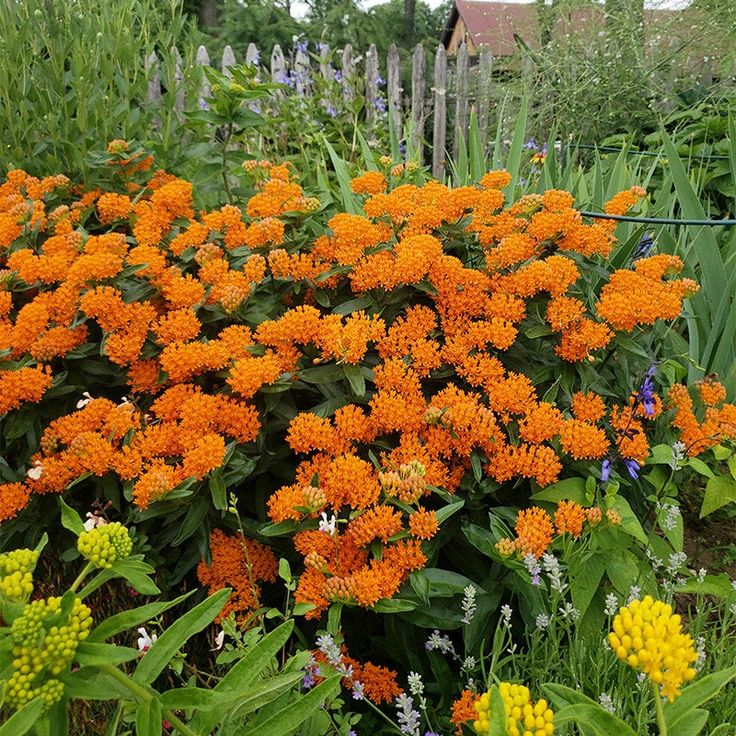
Butterfly Weed is a top choice for any butterfly garden, especially because it’s a host plant for monarch caterpillars. This native milkweed species boasts clusters of brilliant orange flowers that bloom all summer long. It thrives in sunny, well-drained areas and is drought-tolerant once established. Not only does it attract monarchs, but it also draws in other pollinators like bees and skippers. Its upright habit and long-lasting blooms make it both beautiful and beneficial in any pollinator-friendly landscape.
2. Purple Coneflower (Echinacea purpurea)
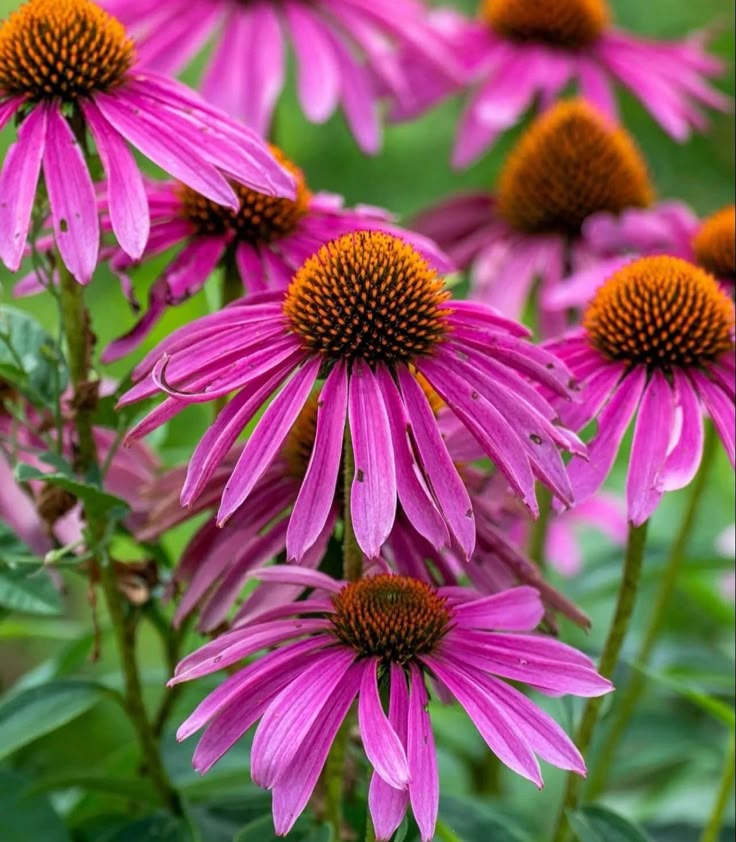
A North American native, Purple Coneflower is a butterfly magnet. Its large, daisy-like flowers in shades of pink and purple bloom from mid-summer to fall. The central cone is rich in nectar, attracting butterflies during the growing season and birds when it goes to seed. Easy to grow in a range of soil types and tolerant of drought, it adds height, structure, and long-term interest to any garden. Its resilience and pollinator appeal make it a must-have.
3. Lantana (Lantana camara)
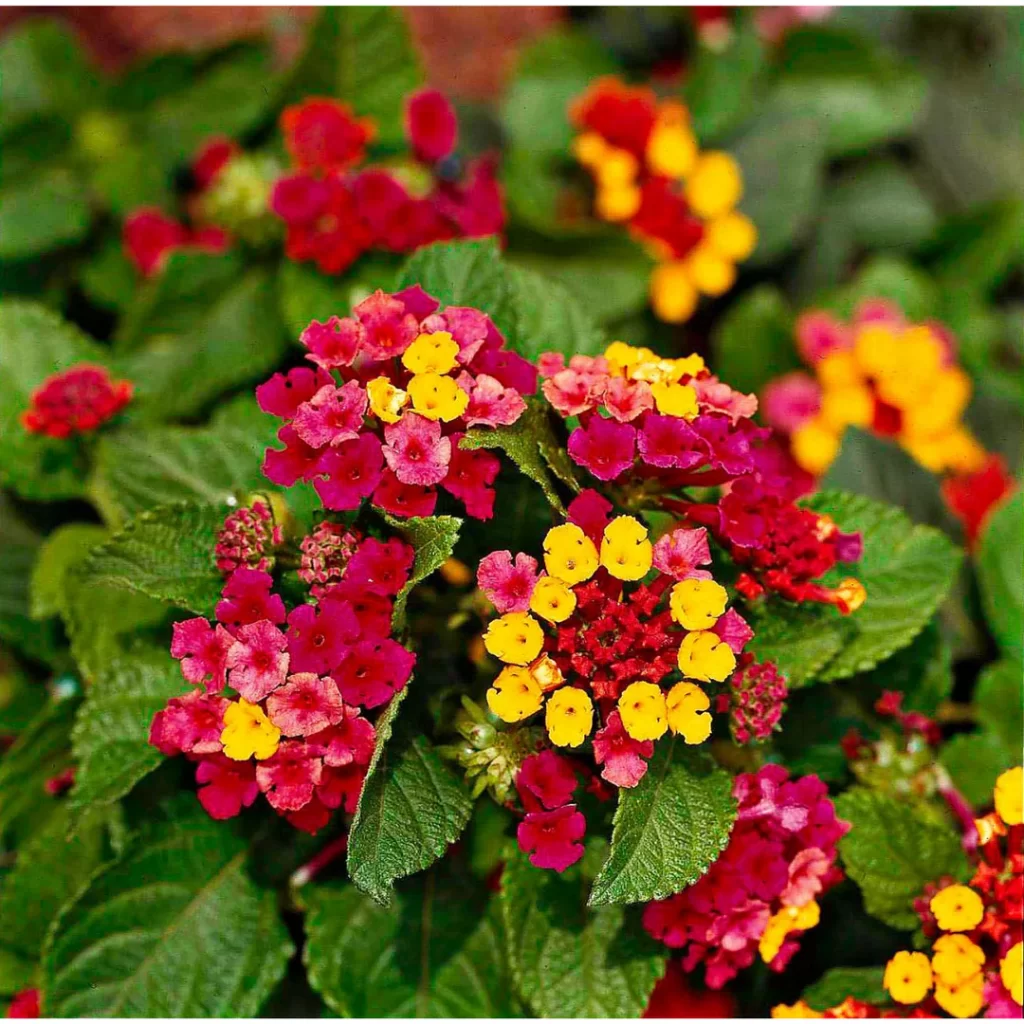
With its vibrant clusters of multicolored flowers, Lantana is irresistible to butterflies. It blooms continuously from spring through fall and thrives in sunny, hot locations with minimal water. While technically a tropical perennial, it’s grown as an annual in cooler zones. Butterflies, bees, and hummingbirds frequent lantana, and its color-changing flowers add a dynamic, ever-evolving touch to garden borders or containers. Choose sterile varieties if you’re concerned about invasiveness in your region.
4. Black-Eyed Susan (Rudbeckia hirta)
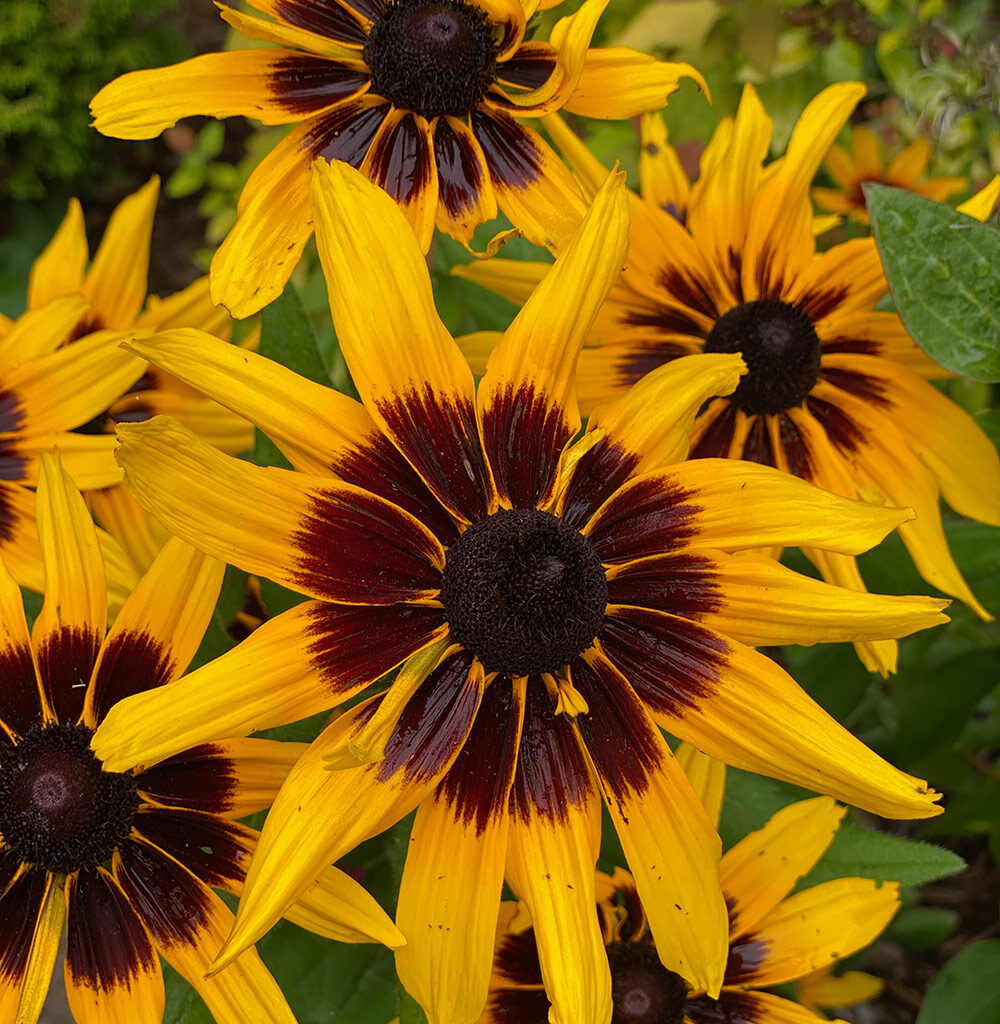
Known for its bright yellow petals and dark central cone, Black-Eyed Susan is a classic pollinator plant. It blooms prolifically from summer into fall and attracts a wide variety of butterflies and beneficial insects. It’s adaptable to most soil types and thrives in full sun. This hardy native perennial is great for mass plantings, cottage gardens, or wildflower meadows. Its cheerful appearance and easy-care nature make it a butterfly garden essential.
5. Joe-Pye Weed (Eutrochium purpureum)
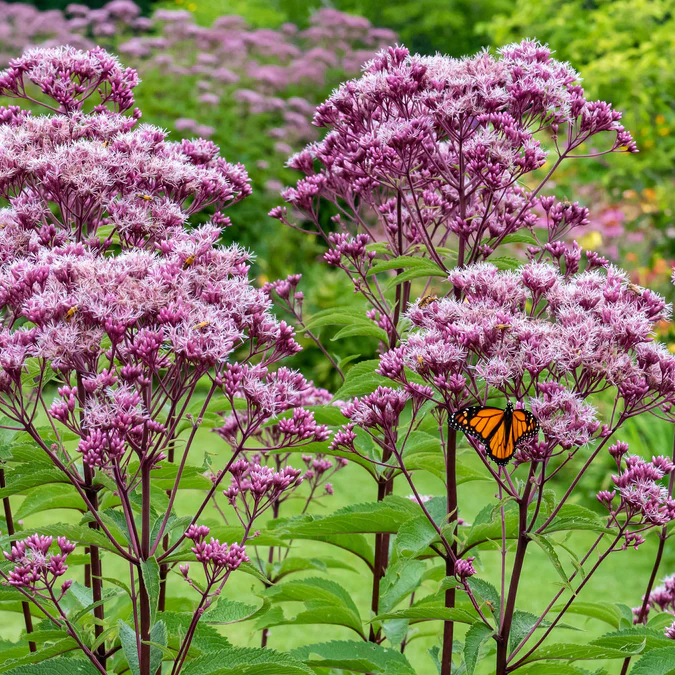
Joe-Pye Weed is a towering native perennial with large, fragrant mauve flower heads that bloom late in the season, providing essential nectar when other sources dwindle. Standing 4–7 feet tall, it’s ideal for the back of borders or rain gardens. This plant is especially attractive to swallowtails, monarchs, and painted ladies. Its preference for moist, fertile soil makes it perfect for low spots or near water features. Joe-Pye is both a pollinator favorite and a dramatic vertical element.
6. Zinnia (Zinnia elegans)
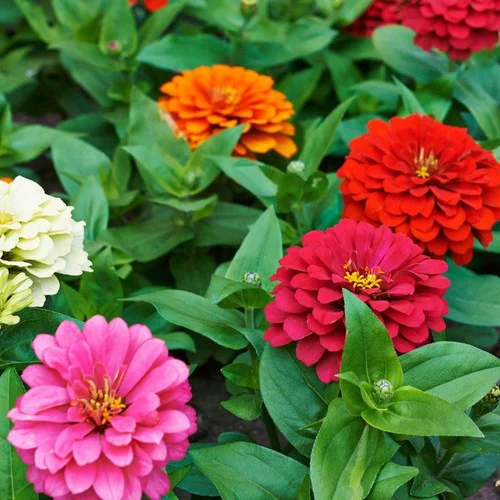
Zinnias are cheerful, easy-to-grow annuals that provide a non-stop buffet of nectar throughout the summer. Their bright colors and wide, flat blooms make them easy landing pads for butterflies of all types. Zinnias thrive in full sun and can be grown in containers, beds, or as borders. They come in a variety of heights and colors, making them incredibly versatile. Deadheading spent blooms will encourage more flowers, keeping your butterfly garden buzzing all season long.
7. Blazing Star (Liatris spicata)
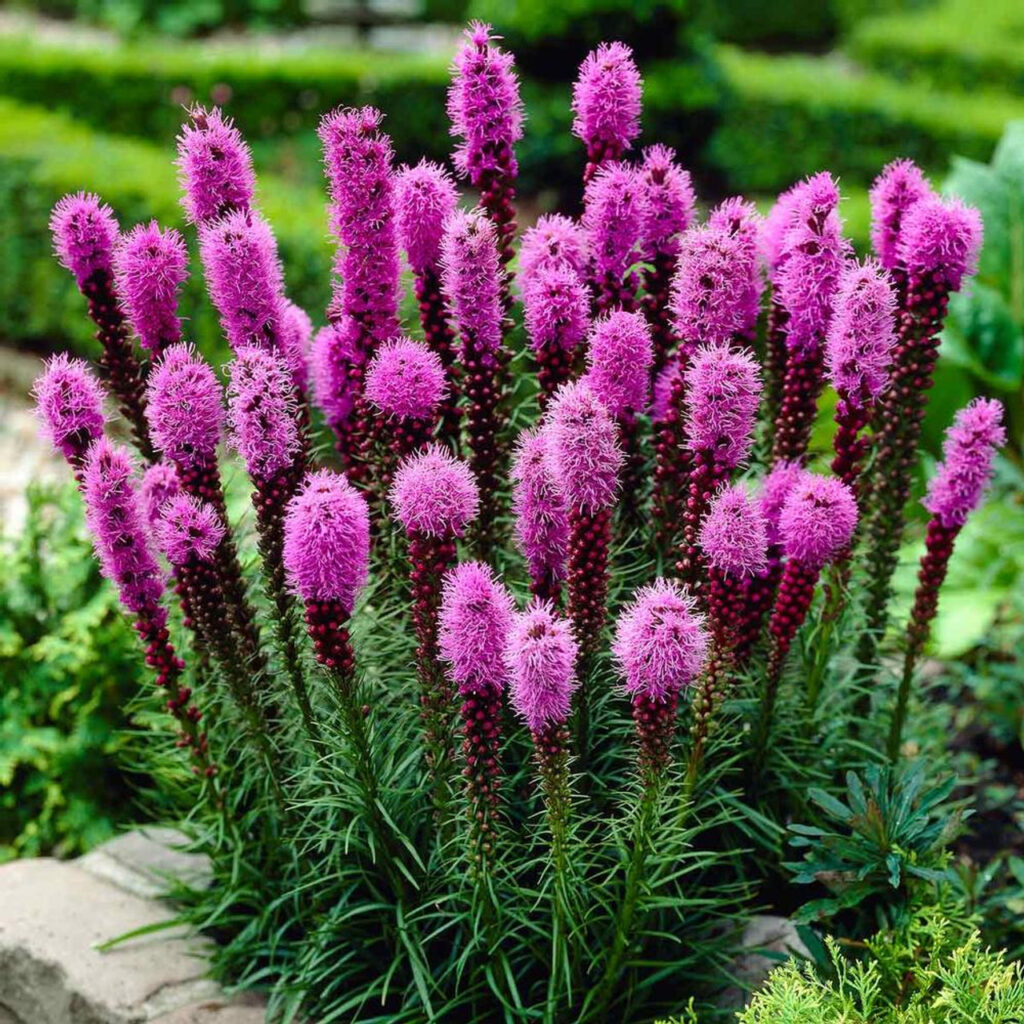
Also known as Gayfeather, this native perennial produces spiky purple or white flower stalks that are highly attractive to butterflies. It blooms in late summer, just when many pollinators are looking for sustenance. The tall, upright blooms add texture and contrast to the garden while being a magnet for monarchs, fritillaries, and bees. Blazing Star is drought-tolerant and thrives in well-drained soil with full sun. Its unique form and pollinator appeal make it a garden standout.
8. Aster (Symphyotrichum spp.)
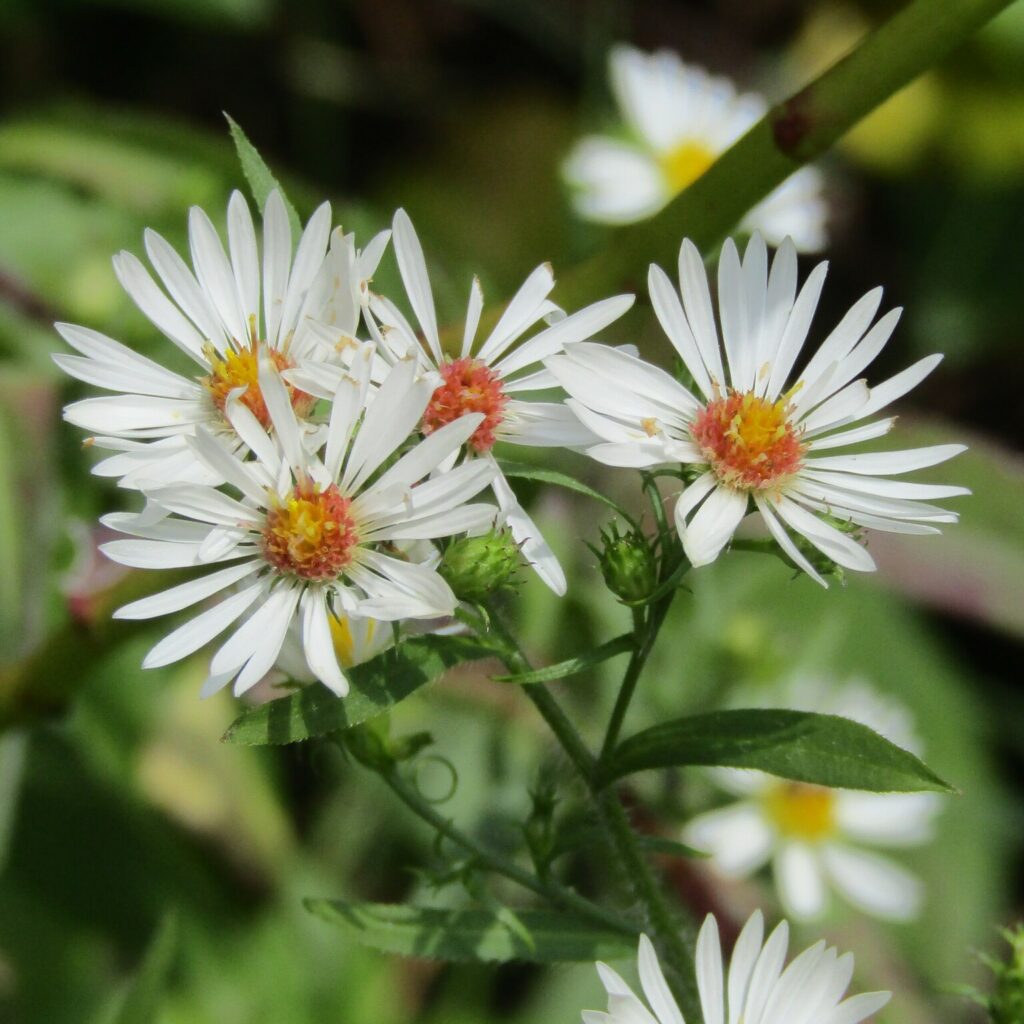
Asters bloom late in the season, offering crucial nectar for butterflies as they prepare to migrate or overwinter. Their daisy-like flowers come in shades of purple, blue, and white, lighting up the fall garden. Asters are particularly loved by monarchs and painted ladies. They’re easy to grow, tolerate a range of conditions, and can be used in borders or naturalistic plantings. Plus, they pair beautifully with goldenrod for a vibrant late-season display.
9. Salvia (Salvia spp.)
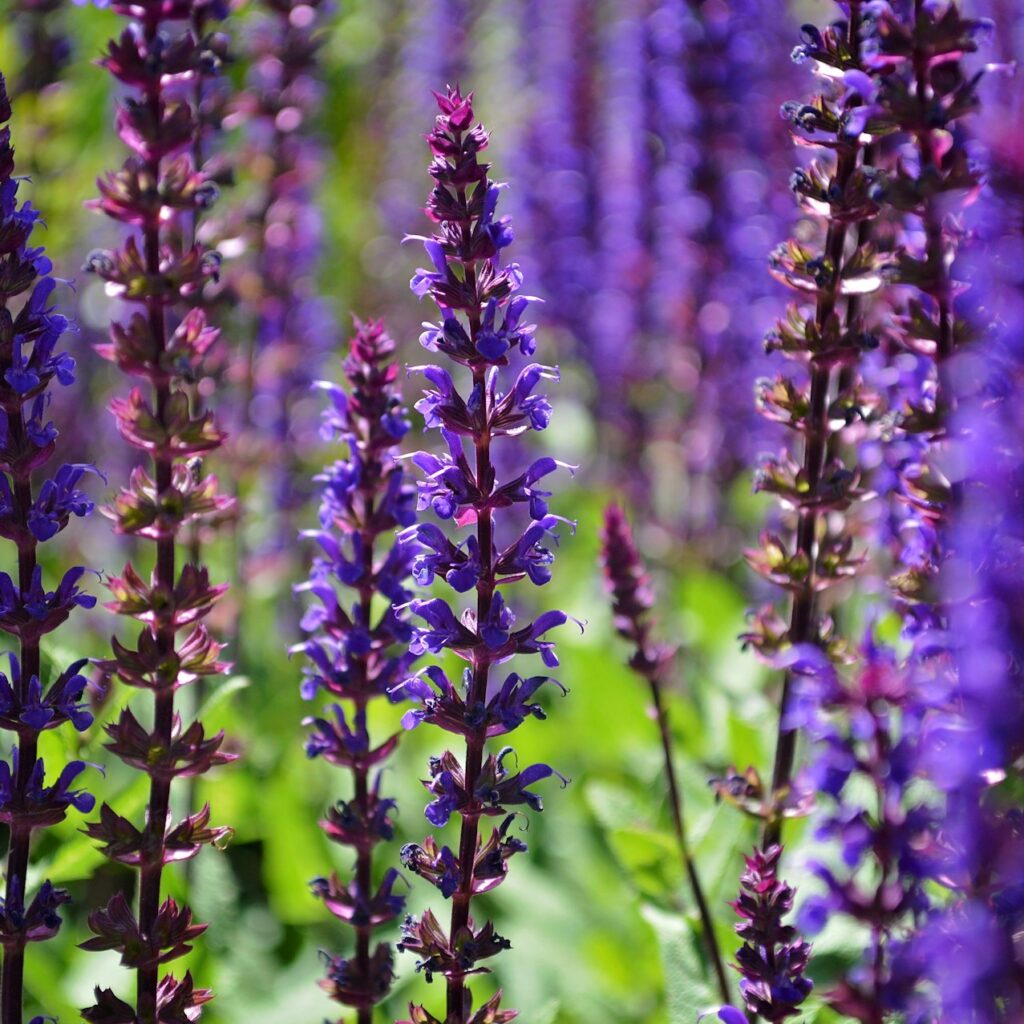
Salvias are aromatic, long-blooming perennials or annuals that offer rich nectar to both butterflies and hummingbirds. From blue to red to purple, their tubular flowers bloom profusely in sunny conditions. They’re drought-tolerant and deer-resistant, making them a practical and attractive choice. Varieties like Salvia ‘Victoria Blue’ or ‘Hot Lips’ are known for their butterfly appeal. These versatile plants work well in borders, containers, and butterfly-specific beds, adding fragrance and vibrant spikes of color.
10. Verbena (Verbena bonariensis)

Verbena bonariensis is a tall, airy plant with clusters of small lavender-purple flowers perched atop slender stems. Butterflies adore it for its abundant nectar and open bloom structure. Its see-through form means it adds height and texture without blocking views or crowding other plants. It blooms from mid-summer into fall and is ideal for cottage gardens, meadows, or mixed borders. Verbena is particularly attractive to monarchs and painted ladies and reseeds easily in hospitable climates.

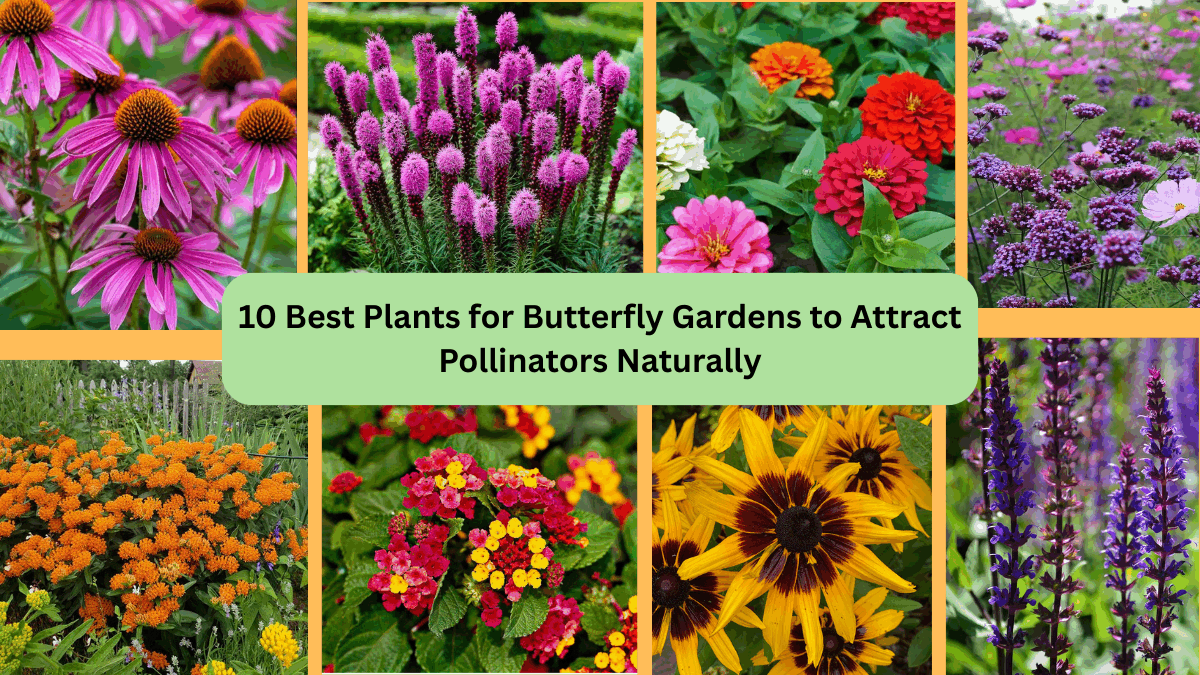
Leave A Comment